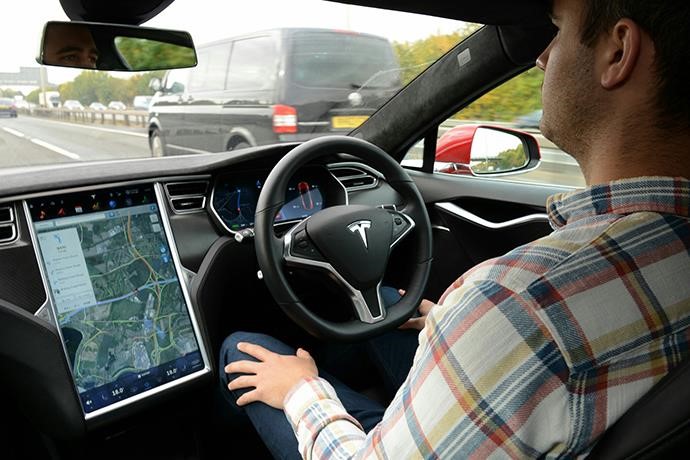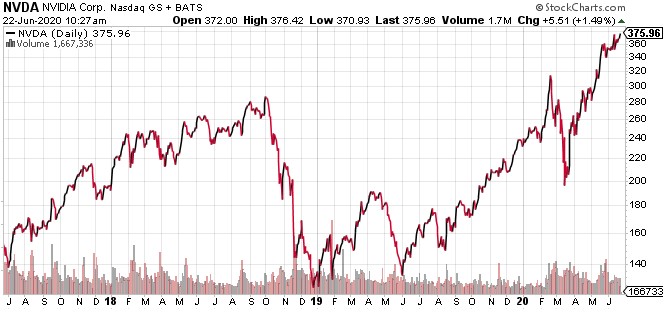Decades after they were promised, truly self-driving cars are still nowhere to be found. There’s a good reason for this: Getting the technology right is hard work.
BMW Group and Mercedes Benz AG announced Friday the end of a year-old agreement to jointly develop autonomous vehicles. The German auto giants underestimated the complexities of building AVs from the ground up.
This is actually good news. It means AVs are coming sooner, not later.
Industry watchers were always wrong to bet the future of AVs on legacy auto companies. BMW, Mercedes, Volkswagen, Toyota (NYSE: TM, Rated “C”), Ford (NYSE: F, Rated “D”) and General Motors (NYSE: GM, Rated “C-”) are hardware businesses. They mastered the logistics of building functional, high quality vehicles at scale. That’s not easy.
However, getting cars and trucks to self-navigate is a software problem. It requires a different skillset.
In the prepared statement, BMW managers noted the collaboration with Mercedes made working with technology suppliers more cumbersome. Project roadmaps became stretched. Scuttling the joint venture should speed up development.
And getting there sooner than later is more important than ever.

Tesla, on the other hand, is already leading the race to full self-driving vehicles. This is because the company can rollout new, feature-rich code, then make software upgrades based on number crunching real-time data across the entire fleet.
Every Tesla vehicle is constantly sending new usable data to the company’s servers. Network learning means that when one vehicle learns how to navigate a winding road in Malibu, Calif., every Autopilot enabled vehicle gets the same capability.
Elon Musk, CEO of Tesla (Nasdaq: TSLA, Rated “D”), confirmed Friday that his company’s vehicles will soon be able to automatically navigate green lights. Unassisted lane changes were introduced to Telsa’s Autopilot software in 2019.
Tesla project managers noted in April that the fleet size reached 1 million vehicles. The YouTube presentation highlighted 3 billion miles driven under Autopilot, including 200,000 automated lane changes.
Automation is a clear advantage for Tesla, and it’s resonating with investors. Shares of the Silicon Valley company crossed $1,000 last week. Its market capitalization swelled to $185 billion, more than the combined value of Ford, General Motors, Fiat Chrysler (NYSE: FCAU, Rated “D”) and Honda (NYSE: HMC, Rated “C-”).
At this stage, the only public car company dearer to investors is Toyota. Its value, including treasury bills, is $210 billion, according to a story at Bloomberg.
Legacy car companies need to bottle some of the software magic pushing Tesla shares to new highs.
NVIDIA (Nasdaq: NVDA, Rated “C+”), best known for high-powered computer graphics, can help.
Ten years ago, the Santa Clara, Calif.-based firm had a nice but unspectacular business making semiconductors for PC and console gaming. CEO Jensen Huang saw the light … literally.
The software Nvidia engineers developed to render light and physics for game graphics became the foundation for a new computing model based on artificial intelligence.
Using this new codebase and cutting-edge silicon, company researchers have been able to build algorithmic models capable of solving complex problems, like those that arise with autonomous vehicles.
Nvidia showed off its first driverless car computer in 2017. No bigger than a lunchbox, the unit was capable of processing 320 trillion instructions per second. That was enough horsepower to process data from a battery of real time sensor streams, turn the information into actionable instructions, then push everything up to the cloud for further analysis.
Development partnerships followed.
Today the company has working relationships with 370 automakers as well as top-tier suppliers, developers and researchers. Nvidia has the software, hardware and cloud computing credibility to challenge what Tesla is doing with AVs.
It’s all likely to be on display this week when Huang says he will make a special announcement regarding the automotive industry.
Nvidia shares trade at 37.8 times forward earnings and 19.3 times sales for a market capitalization of $226.8 billion. While the stock is not cheap by any traditional metric, investors should be aware of the unique position Nvidia holds in the ecosystem for future AVs.
Car company executives in Germany, Japan and the United States understand they need help to catch Tesla in the race toward AVs.
Investors should view the BMW and Mercedes announcement last week in this context. Nvidia is about to become the partner of choice.
Best wishes,
Jon D. Markman




